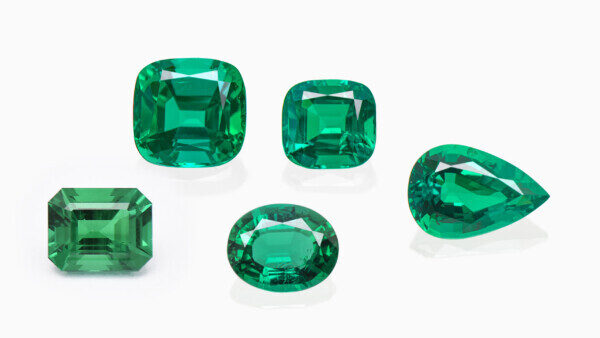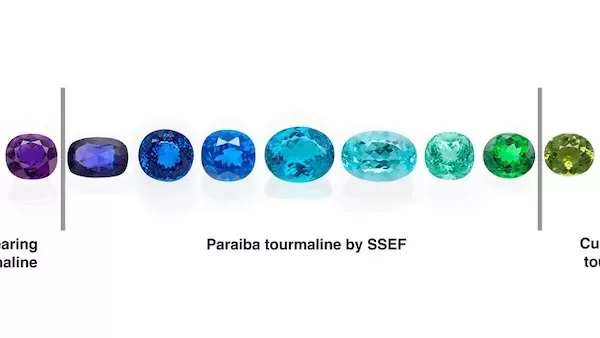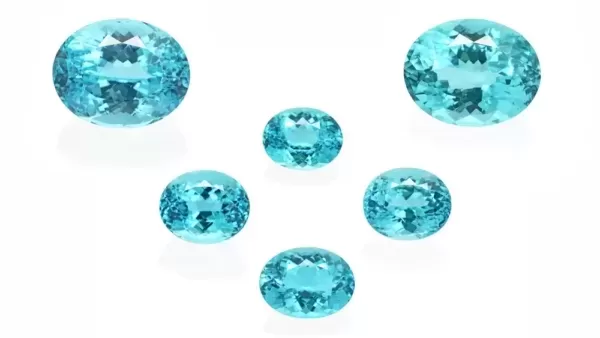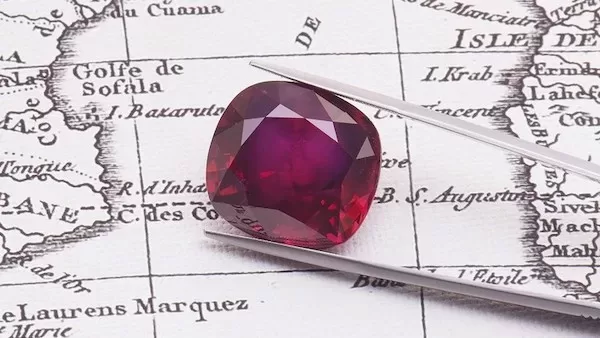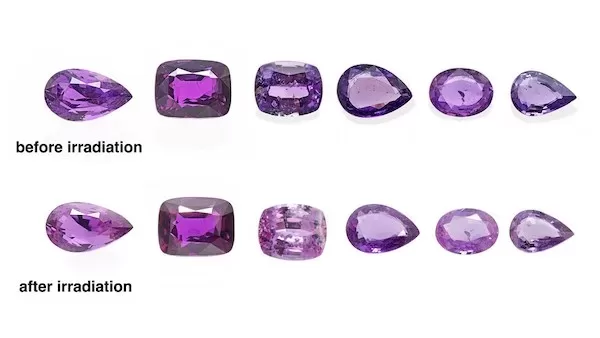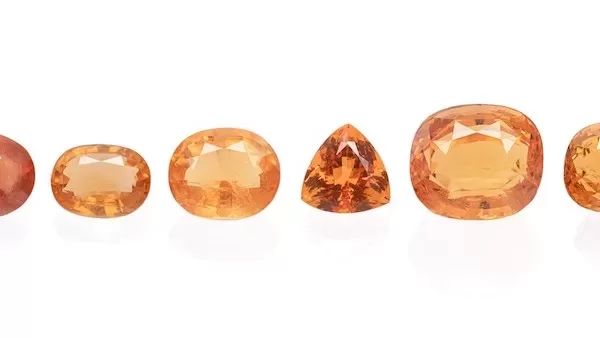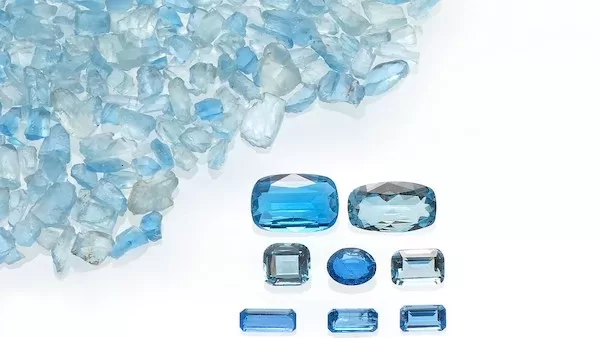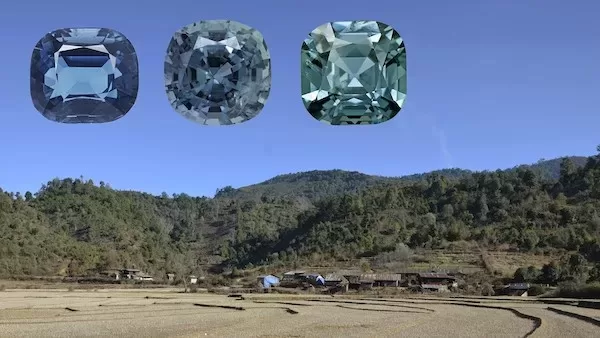Coloured gemstones
Coloured gemstones come in an incredible array of colours and varieties. Emeralds, rubies and sapphires are most well-known, but our testing services and research efforts go far beyond these three varieties. Our expertise in treatment detection and origin determination of coloured gemstones is based on decades of research, a large reference collection and continuously developing new techniques to analyse these treasures of nature.
We test different types of coloured stones
- Single or series of loose coloured gemstones
- Gemstones mounted in jewellery
- Coloured stone bead necklaces
For more specific information on disclosure and standards, and issues related to specific coloured gemstones please visit the Understand SSEF Reports page, which offers extensive details on individual varieties of gemstones.
Explore our research library
Gemmological Characterisation of Emeralds from Musakashi, Zambia, and Implications for Their Geographic Origin Determination
Gemmological Characterisation of Emeralds from Musakashi, Zambia, and Implications for Their Geographic Origin Determination. Journal of Gemmology, 2024, 39, 4, 338-350.
The colour range of Paraiba tourmalines
Paraiba tourmalines owe their attractive colour to the presence of copper. In the best case, this gives rise to a vivid blue colour, also known in the trade as ‘neon’ blue or ‘electric’ blue and not known from any other gemstone in nature.
Exceptional set of tourmalines
Paraiba tourmaline is among the most highly prized of gems today and they are sought after for their vivid colour ranging from blue to green.
Estrela de Fura: an exceptional ruby of 55 ct
On the 8th of June 2023, the Estrela de Fura ruby was sold at Sotheby’s in New York for a world record price of US$ 34.8 million. This ruby of 55.22 ct was cut from a 101 ct piece of rough, discovered in July 2022 near Montepuez in Mozambique, in a mine operated by the Fura Gems company.
Pigeon blood red ruby from Vietnam
Recently, a beautiful Vietnamese ruby of 2.10 ct and vivid red colour was submitted to SSEF for testing. Microscopic observations and chemical trace element analysis confirmed its Vietnamese origin and our colour grading protocol revealed that this stone was well fitting to be called ‘pigeon blood
Effects of gamma irradiation on ruby and pink sapphire: an update
Gamma irradiation is a treatment method that may enhance the colour and visual appearance of gemstones, such as diamond, topaz, quartz, and corundum, to name a few. This treatment method uses strong gamma rays, either from radioactive isotopes like cobalt-60 (60Co) or from a linear accelerator (LINA
Orange sodalite from Afghanistan
Sodalite, a complex tectosilicate with the ideal formula Na8Al6Si6O24Cl2 is known in the trade mostly as dark blue ornamental material, often as translucent to nearly opaque beads and cabochons, but in rare cases also as transparent faceted stones.
Spinel from Afghanistan
Since ancient times, the Badakhshan Province in northeastern Afghanistan has been known for its gem deposits, most prominently the lapis lazuli mines near Sar-e Sang in the Kokcha valley.and cabochons, but in rare cases also as transparent faceted stones.
Afghanite from Badakhshan in Afghanistan
Afghanistan is known since ancient times as source of exceptional gems, namely lapis lazuli, tourmalines, beryls, rubies and spinel (Bowersox & Chamberlin 1995). Apart from these rather classic gemstones, Afghanistan is also source for numerous rare collector minerals, such as väyrynenite, triplit
Sapphires of ‘teal’ colour from Pein-Pyit, East Mogok
The Mogok area in northern Myanmar has been known as a major source of rubies and other gems since historic times. Often referred to as the ‘Mogok Stone Tract’, this gem-rich area is located within the central part of the Mogok Metamorphic Belt which forms part of a larger metamorphic belt struc
Ruby with xenotime inclusion: age dating provides evidence of east african origin
Rubies from marble deposits are chemically rather similar, regardless of whether they originate from marbles in Myanmar, Vietnam, Tajikistan, or even from Tanzania or other countries in East Africa.
Successful dating of zircon inclusion in ruby despite intense heat-treatment
Age dating of zircon inclusions in rubies and sapphires can provide useful information for origin determination. Zircon is a mineral which usually incorporates uranium when it is formed, and this uranium is decaying to lead over time enabling age dating by measuring their ratio.
